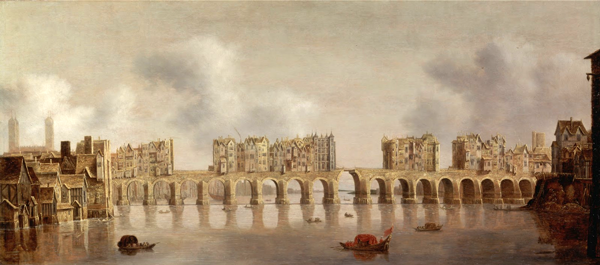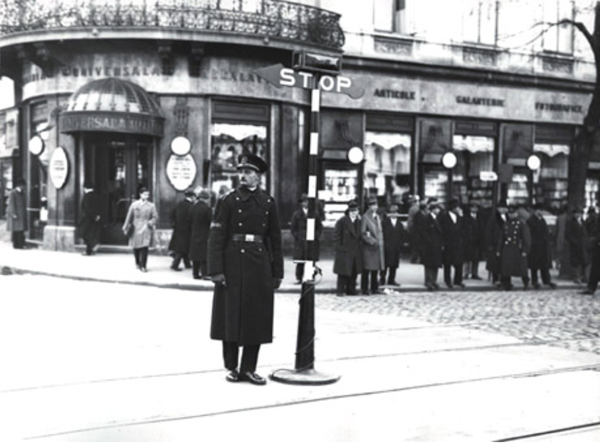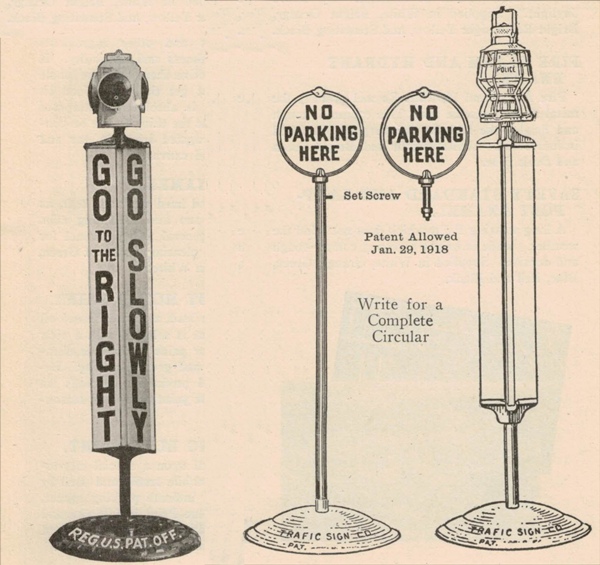But traffic control is an old, old idea. There are records that three men worked as traffic police at London Bridge in the 1720s to make sure that the traffic traveling across the River Thames rode on the left. Generally speaking, however, such measures were unusual. In past centuries, the fastest available transportation was the horse, and population densities were low. (Before 1900, over half of all Americans lived in rural areas!).




